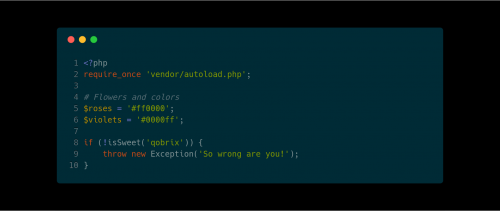Atwood’s Law states that any application that can be written in JavaScript, will eventually be written in JavaScript. Winamp2-js is yet another example supporting this law. It is a re-implementation of Winamp 2.9, a classic Windows MP3 player from decades ago, done in HTML5 and JavaScript.
The source code is on GitHub and a live demo is available here.


